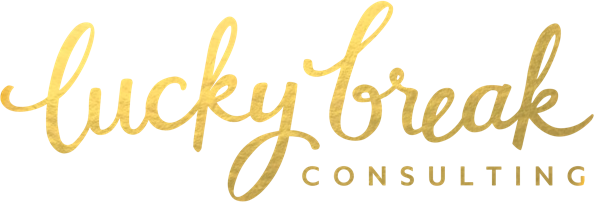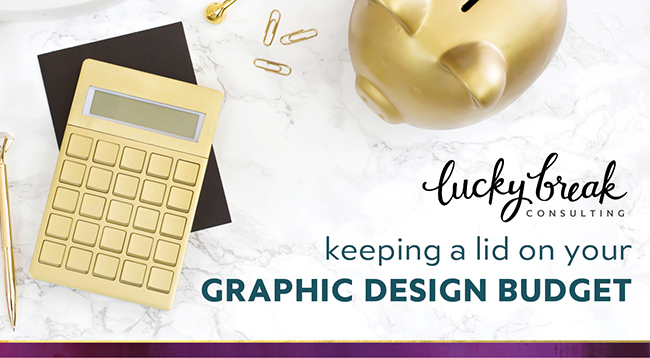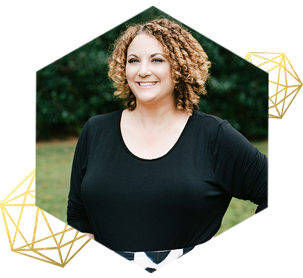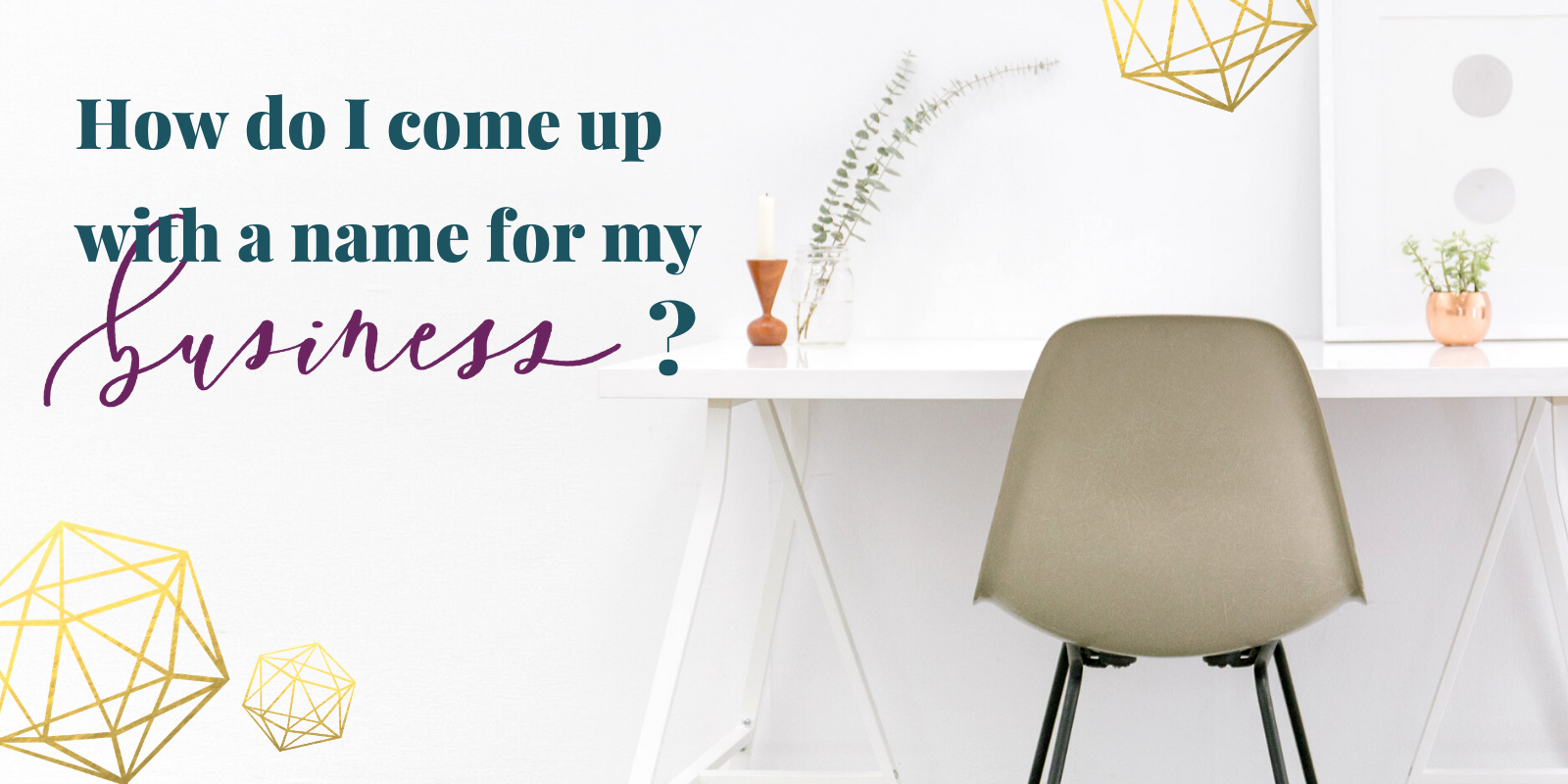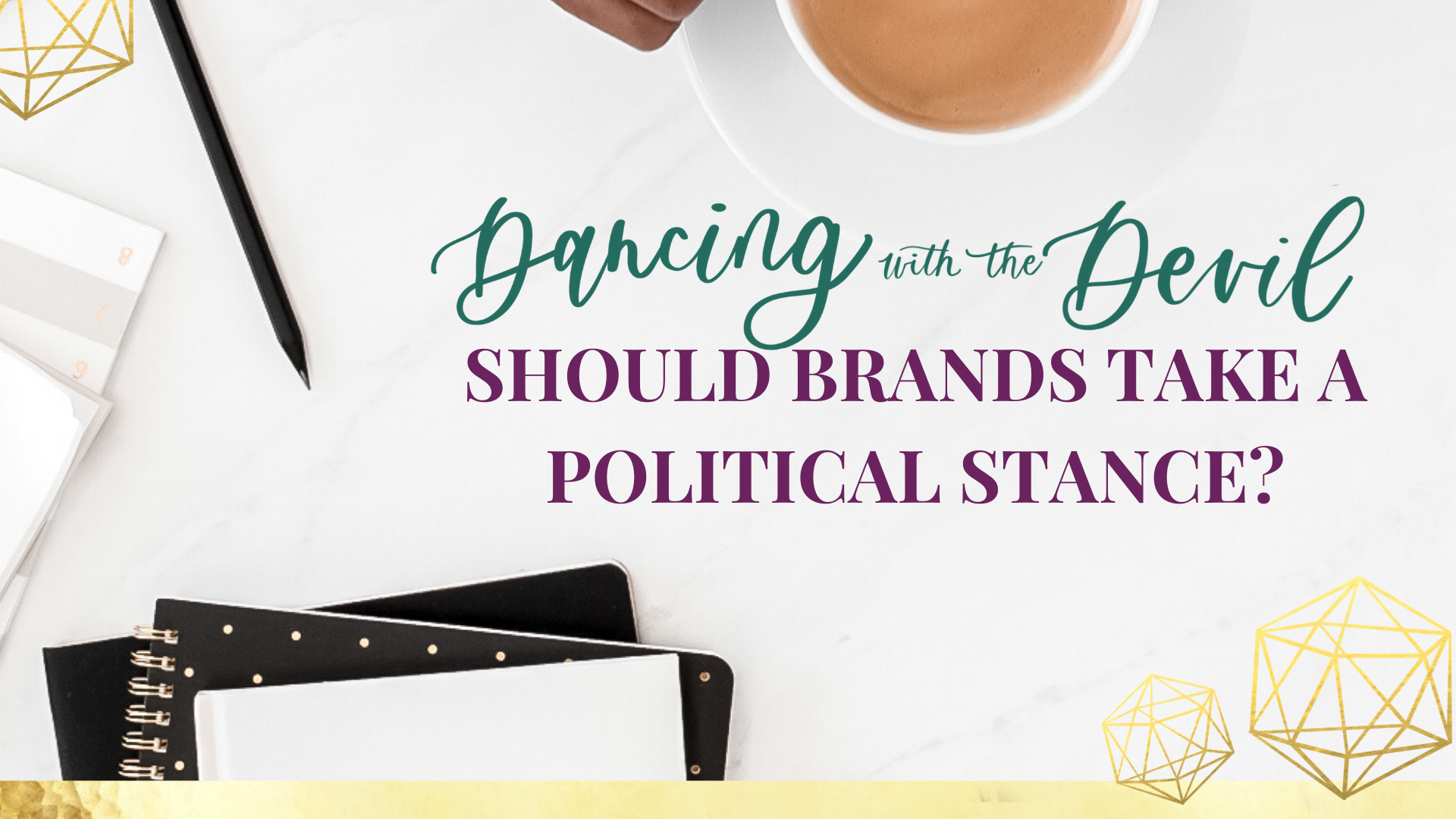Have your eyes ever rolled back into your head at the thought of pony’ing up the pennies necessary for professional graphic design?
Or maybe you’ve laid out the cash and netted less-than-desirable results?
It happens to the best of us. Quality design is an investment and one that many new business owners struggle to afford. In an effort to save some dollars, makers and product designers sometimes turn to services like Fiverr or 99 Designs but I have oh-so-many-thoughts about why that isn’t a wise idea.
The reality is that most of us don’t have the design chops needed to articulate our own brand. And tagging the pros into the ring isn’t cheap (spoiler alert: I promise that it’s worth it). But how can you ensure that your design projects hit the mark? That your logo does the job that you need it to do? That the typography, color palette, and iconography that your graphic designer pulls together resonate with your audience? That the project wraps on-time and on-budget? How can you ensure that this investment in good design is a smart investment?
Each and every design project starts with YOU, my friend. You’ll need to tee some things up properly to ensure that the designer has the baton firmly in their grasp and can run the next leg of the race. Here’s my advice for doing just that…
KNOW YOUR AUDIENCE.
Ever heard the term “ideal customer?” It doesn’t mean women, aged 25-65. Why? Because that’s pretty much every shopper in America who has a checkbook and two X chromosomes. Too broad, friend… we need to hone in on your perfect customer and those details aren’t nearly specific enough. And simply tacking on “who appreciate artisan products” or “who want to take better care of themselves” onto that description isn’t going to do the trick.
You can’t tag someone into the ring to help design for an audience until you know that audience. That’s roughly equivalent to strapping a blindfold to your designer’s face, having them down three back-to-back tequila shots, spinning them in a circle five times, and then putting a paper tail in their hand and asking them to pin the tail on the donkey.
A better approach: KNOW YOUR PEOPLE. What are they doing on a Saturday morning? What were their most recent Google searches? What’s on their Spotify playlist? What magazines are on their nightstand? What car do they drive, where do they vacation, who’s their favorite celebrity, how’d the vote in the last big election?
Unless you wake up naked on piles of cash each morning (lucky you!) and have money to burn, I wouldn’t undertake a design project until your audience is on lock.
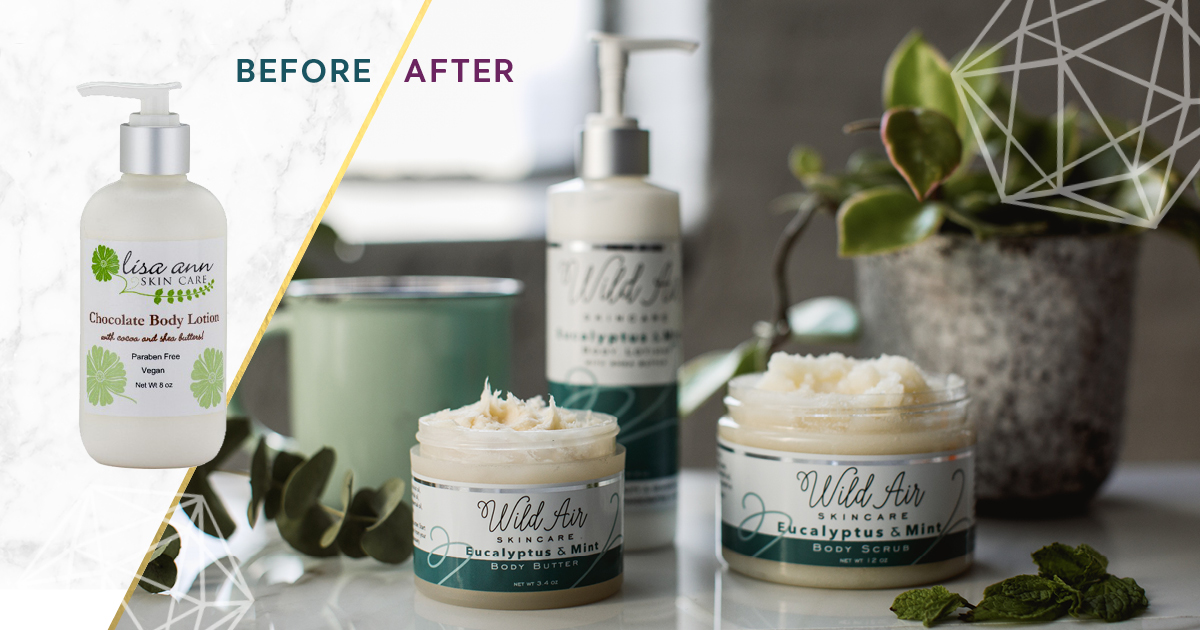
Wild Air Skincare, before + after graduating from my Brick House Branding program
KNOW YOUR FRIENDS + COMPETITORS.
Think of your brand like a WWE tag-team grudge match. You need to know both who’s on your team and who you’re crawling into the ring to do hand-to-hand combat with. That information is incredibly helpful to a designer. I once wrote a blog about complementary and competitive brands, but here’s a refresher:
COMPLEMENTARY BRANDS: These are the brands who are involved in the same conversation that you’re having, but they’re marketing products which fall outside your product category. They’re the other products your audience would likely be interested in, in addition to your products. They wear the same color jersey, as you’re all on the same team.
COMPETITIVE BRANDS: These are the brands who are involved in the same conversation and are making products which fall within the same product category as yours. They’re the products your audience would be purchasing if your brand didn’t exist. These peeps sit on the other side of the field and they wear the opposite color jersey when compared to what you’re rocking.
So how does that play into graphic design? Your designer will want to ensure that you’re steering clear of the color palettes and typography in use by your major competitors. We’re trying to create sufficient differentiation and that means ensuring that you’re not in their visual dance space. Your designer can also look at complementary brands to get a better feel for what resonates with your audience and how your products might merchandise on a retail shelf alongside those brands.
CREATE A VISUAL LIBRARY.
When you say “green,” my brain might immediately envision the color lime while your BFF might conjure up a rich emerald.
Ditto for “modern.” I might see clean lines and minimalism while your BFF sees something more futuristic in nature.
And therein lies the problem: When you’re trying to get a designer on board with your vision, you’re probably using words to describe visual concepts. That leaves too much room for interpretation and opens the door for confusion and misfires. Instead, try collecting inspiration to build a visual library that will serve as a compass for your designer.
My favorite way to do that is via Pinterest! Create a secret board on Pinterest and begin pinning images.
Textures
Shapes
Packaging
Art
Typography
Fashion
Ultimately, you’re collecting elements that resonate with what you hope your brand will ultimately embody. Your designer might well ask for some inspiration at the onset of the project and you can’t possibly imagine how hard it is to find inspiration “on demand.” If you know that a visual rebrand is in your future, the sooner you fire up that Pinterest board, the better off you’ll be. Then you can spend weeks-to-months casually collecting morsels of goodness that naturally cross your path via The Internets.
Want to see this concept in action? Check out these examples!
- The inspiration board for Lucky Break Consulting ultimate becomes the Lucky Break website.
- The inspiration board for Hettie Joan ultimately becomes the Hettie Joan website.
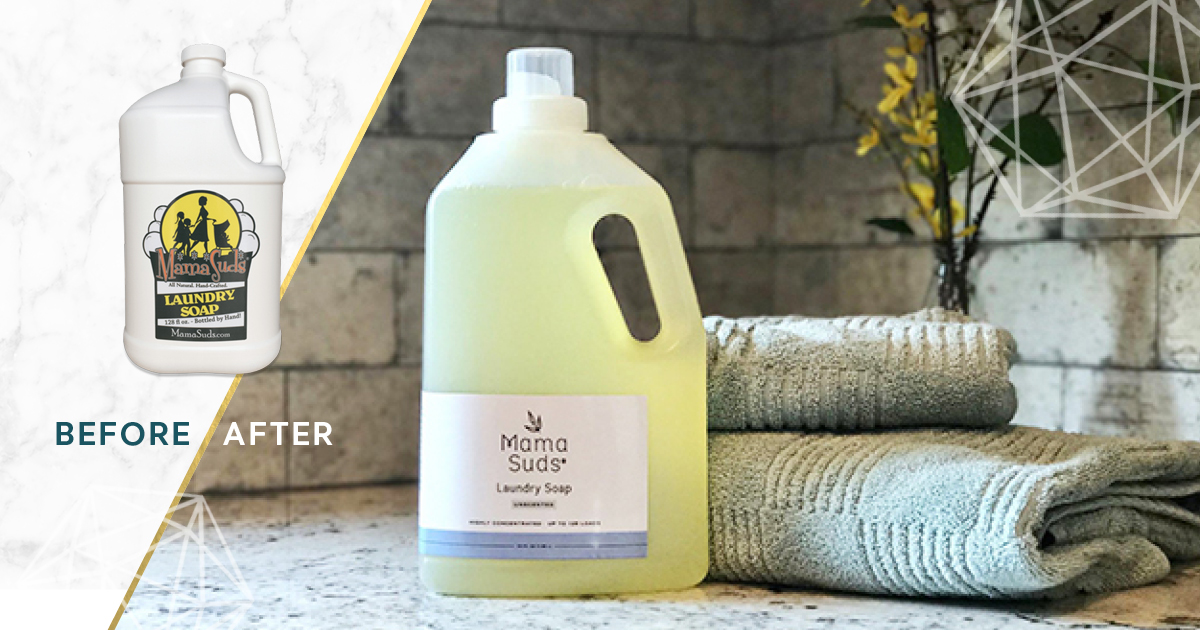
MamaSuds, before + after graduating from my Brick House Branding program
KNOW YOUR PROJECT SCOPE.
Clear communication with your graphic designer (and really any professional that you ultimately hire) is key. Make certain that you’re both on the same page with regard to these things…
DELIVERABLES: Single Logo? Logo with tagline? Alternate logo? B+W version of your final logo? Color palette? Fonts? Handlettering? Web Design? Packaging design? Business cards? Know what you’ll walk away with at the end of the day.
TIMELINE: A good designer will set realistic timelines for you both! Ensure that they’ve crafted a map that shows when drafts of each piece are due. Make certathat youyou have a clear understanding of the expected timeline for your feedback on those concepts. You should be entering this collaboration with clarity and confidence about how the process will unfold.
COST: How many dollar bills are attached to this project? Many designers will offer to mock up X number of concepts for Y dollars, with Z rounds of edits included. They’re often happy to mock up additional concepts or deliver more edits for an additional hourly fee. The key to success lies in understanding where the parameters are so you aren’t shocked by a larger-than-expected bill at the end of the project.
P.S. Get all of the above in writing! That way you’ll both have a framework for resolving any differences should a misunderstanding arise.
GOOD GRAPHIC DESIGN IS WORTH THE EFFORT.
Promise!
You simply need to ensure that…
1. You’ve built the proper framework beneath the project by understanding who you ultimately want to target with this brand and how it will fit into the context of the larger marketplace.
2. You’ve built a visual library of inspiration to get the designer started off on a strong foot.
3. You have a clear understanding of how this project will unfold.
And if you doubt- for even a moment- the power that good design holds to “level” up your business in a big way, then just check out this before and after.
Good luck!
